Wstęp: Metamorfozy intymności (Marek Pąkciński)
Najnowszy numer periodyku jest poświęcony odkrywaniu intymnego życia autorów wielu rodzajów egodokumentów, a także wątkom biograficznym utrwalonym w dziełach literackich. Te świadectwa prywatnych przeżyć dotyczą zarówno postaci bardzo ważnych dla polskiej kultury (m.in. Józefa Bartłomieja Zimorowica, Franciszka Dionizego Kniaźnina, Felicjana Faleńskiego, Stefana Żeromskiego, Aliny Szapocznikow), jak i tych mniej znanych (np. Krzysztofa Bronisza, Tomasza Czapskiego, Jecheskiela Kotika). Poruszana w omawianych tekstach problematyka wieloznacznie pojmowanej intymności (rozważanej również jako cecha formy wypowiedzi) dotyczy wielu obszarów, począwszy od cielesności i namiętności poprzez związki emocjonalne (miłosne i przyjacielskie), po zwierzenia dotyczące sfer choroby, żałoby czy traumy.
W artykułach można znaleźć choćby zapisy intymności rozumianej jako doświadczenia o charakterze erotycznym, obecne w staropolskiej oraz oświeceniowej poezji i epistolografii, które utrwalały i interpretowały różnorakie intymne relacje i towarzyszące im emocje. Te świadectwa uczuć, rozterek, lęków lub fascynacji były wyrażane na różne sposoby (czasem niezwykle subtelnie, czasem przez wyrafinowane parabole), zapisując się na kartach tekstów kultury – listów, dzienników czy wspomnień. Dzięki temu przybliżają one skomplikowany temat śladów ludzkiej intymnej emocjonalności w piśmiennictwie, począwszy od staropolszczyzny, przez oświecenie, wiek XIX, aż po czasy współczesne.
Zgromadzone na łamach „Napisu” artykuły mają charakter zarówno interpretacyjny, jak i edytorski, a uzupełnieniem tomu jest obszerny dział recenzji oraz prace studentów warszawskiej Akademii Sztuk Pięknych, prezentujące bardzo różnorodne wizualne interpretacje tematu intymności.
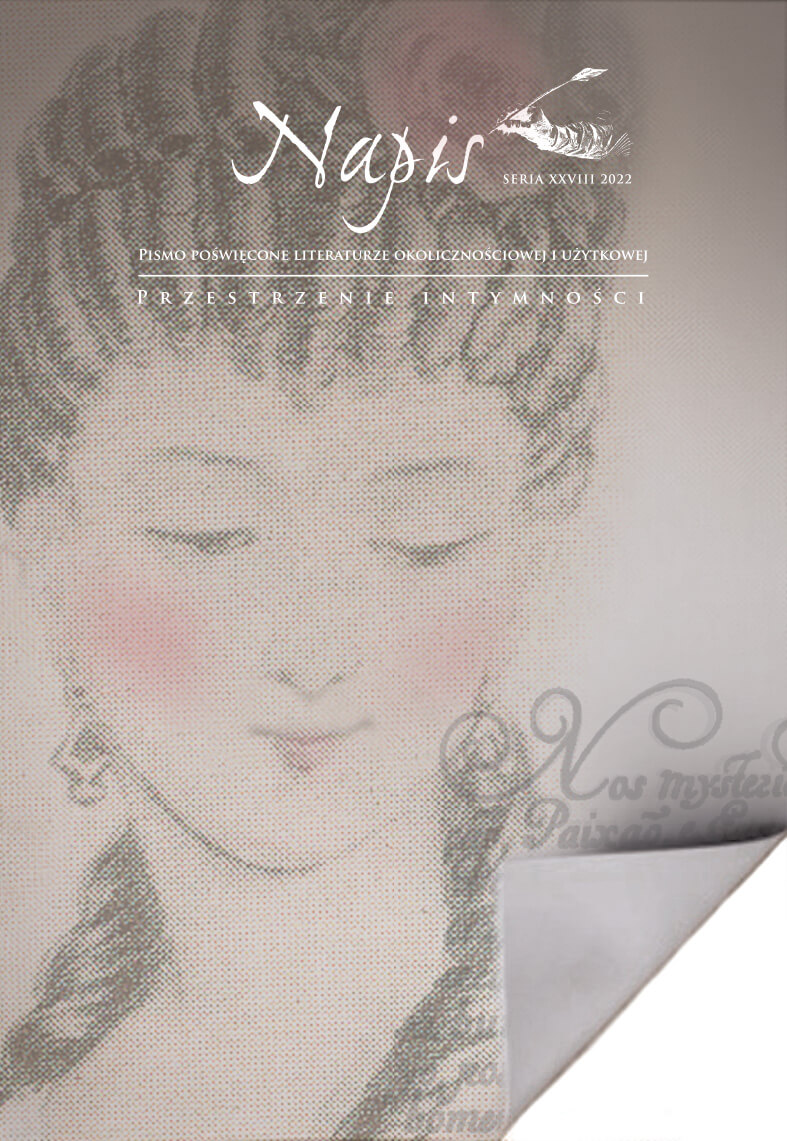
Dofinansowano ze środków Ministra Kultury i Dziedzictwa Narodowego pochodzących z Funduszu Promocji Kultury, uzyskanych z dopłat ustanowionych w grach objętych monopolem państwa, zgodnie z art. 80 ust. 1 ustawy z dnia 19 listopada 2009 r. o grach hazardowych.

Wstęp: Metamorfozy intymności (Marek Pąkciński)
Dariusz PIOTROWIAK
„Domowe żale, lamenty i krzyki / Ochełznać prostym rymem”. Wybrane sielanki Józefa Bartłomieja Zimorowica jako świadectwo prywatnych doświadczeń poety („Filoreta”, „Kozaczyzna”, „Burda ruska”)
Artykuł (PDF) Show abstract Hide abstract
The aim of this article is to present three pieces from Sielanki nowe ruskie [The New Rus Pastorals] by Józef Bartłomiej Zimorowic as testament to the personal experiences of their author.
This part of the article discusses the crafting of an image of the heroine of this piece, as well as analyzes the creative aspect of her dying monologue and the consolation directed to her mourning spouse. The issue of the endurance of love after the death of one of the spouses becomes a significant topic of the piece. The text also shows appreciation for the earthly dimension of a marital relationship.
The second part of the article is devoted to the reading of Kozaczyna and Burda ruska as an attempt at engaging in dialogue with the worldview as emerging from the Eclouges by Virgil. The diptych of Zimorowic brims with terror, pessimism and fear, which are not mitigated by poetic activity.
Mariola JARCZYKOWA
Relacje nadawczo-odbiorcze i styl rodzinnej korespondencji dotyczącej zdrady małżeńskiej Zofii z Radziwiłłów Dorohostajskiej
Artykuł (PDF) Show abstract Hide abstract
The article presents excerpts from the correspondence of Krzysztof Dorohostajski (1562–1615) and Jerzy Radziwiłł (1578–1613), which refer to intimate and embarrassing topics related to sex life. An analysis of the letter from Dorohostajski to his brother-in-law, Jerzy Radziwiłł, in which he informs the latter of his decision to divorce his wife due to her infidelity, allows for an identification of various methods of discussing the inflammatory issue of betrayal in a veiled way (literary allusions, using Latin, etc.). The letters of Jerzy Radziwiłł commenting on the infidelity of his sister are written bluntly, and we encounter expletives in them, as well as a straightforward addressing of the issue of the marshal’s impotence. Another, more humorous representation of the sensitive topic of impotence, is documented in the letter from Dorohostajski to Krzysztof Radziwiłł from Venice, whereas in the correspondence of Zofia Dorohostajska, the theme of physical love is not mentioned at all, as it is a humble admission of adultery. The previously unpublished correspondence reveals the various ways of discussing intimate and sensitive topics in the seventeenth century.
Iwona MACIEJEWSKA
Paryskie przygody wojewodzica pomorskiego. Relacja z podróży Tomasza Czapskiego wobec przemian piśmiennictwa autobiograficznego czasów saskich
Artykuł (PDF) Show abstract Hide abstract
This article is a study of the diary (of a unique, hybrid structure), which originated during an overseas journey of the Knyszyn starost, Tomasz Czapski (1711–1784), which began in 1734. The aim of the article is to reveal to what extent the notes of the son of the Pomaranian voivode, Piotr Jan, from his time in Paris, reflect the genre convention preserved in Old Polish literature, and to what extent they constitute a legacy of the changes, which were observed by Hanna Dziechcińska in studies devoted to diaries of the first half of the eighteenth century. She proposed that the autobiographical sources of the era are testament to the intensifying tendency to expose the emotions and feelings of the author, and to the challenging of the attitude geared towards describing the external world. The discussion concentrates on the search for evidence of self-creation performed by the diary-writer, as well as on characterising the way in which the author writes about his romantic adventures with a French lover. This is a dominant topic of many excerpts, which pushes aside the content that would be typical of Old Polish travel reports, undertaken for educational purposes, which proves the theory of Dziechcińska.
Bożena MAZURKOWA
O panieńskim kwiatku, miłosnych harcach i urokach łożnicy we wczesnej poezji Franciszka Dionizego Kniaźnina
Artykuł (PDF) Show abstract Hide abstract
The source texts of this study are the works of Franciszek Dionizy Kniaźnin, from an extensive lyrical cycle titled Erotyki [Erotic Poems] (1779). The discussion focuses on pieces in which the allusive poet refers to one of the most intimate areas of life, that is its erotic, sexual sphere, and the related imaginings, concerns, behaviours, experiences and feelings, either directly or in a veiled way. The study concentrates on the poetic language used by the author in passages that relate to these issues, from asking for the ‘flower’ of maidenhood (defloration), through to erotic fantasies and games, experiences of the wedding night, to procreative plans and imaginings. The present analysis and interpretation therefore endeavour to capture the specifics of the means of expression utilised by the poet to solidify the erotic realm and the related behaviours and attitudes. The article further focuses on the specific methods and poetic strategies employed by Kniaźnin in the works discussed, so as not to overlook the linguistic and cultural taboo, mandatory in the era. These observations allow for a delineation of a framework for the norms of intimacy featured in the lyrical cycle. The framework is also confronted with the requirements of official print runs, and that is the requirements for the works commonly available, in effect at the time.
Beata GARLEJ
Stefana Żeromskiego tropy (o) namiętności
Artykuł (PDF) Show abstract Hide abstract
Stemming from philosophical standpoints, which locate ‘passion’ in the realm of thought (Marcus Eremita, René Descartes, Hannah Arendt), this article endeavours to prove that passionate thinking was the basis of Stefan Żeromski’s creation of his own textual space of intimacy, namely journals. Because he made the phenomenon of passion the subject of this thinking (he learned the characteristics of this passion mostly from his own intimate experiences with women, and he ver-balised it), the article exposes the understanding of this phenomenon by the writer, through an analysis of stylistic tropes in his journal entries. It becomes apparent that a verbal visualisation of passion brought with it an evolution of tropes he particularly favoured in creating an image of passion: similes and metaphors. These have been semantically deepened by the construction of certain enclaves of stylistic devices, which not only brought together their differing types, but most importantly accumulated them. The end result of this mechanism are suggestive images, through which Żeromski managed to verbally illustrate passion.
Monika ŁADOŃ
„Miłość jest w zasadzie chorobą”. Intymność w listach miłosnych Aliny Szapocznikow do Ryszarda Stanisławskiego
Artykuł (PDF) Show abstract Hide abstract
The topic of the article is the interpretation of selected letters from the correspondence of Alina Szapocznikow and Ryszard Stanisławski. The suggested reading aims at taking a closer look at codes of intimacy, activated in the specific life circumstances, in which the sculptor found herself, that is remaining in isolation due to illness. Alina Szapocznikow, struggling with ovarian tuberculosis, writes to her lover, activating the cultural meaning of a place of isolation (hospital and preventorium) as a space of loneliness, which shapes the intimate narrative of the letters. The author of the article examines how the diction of the artist modifies the aforementioned tropes, and the intimacy of an ailing body and a longing for her loved one are regulated by courage and style of the artist. The selected group of letters is treated as an example of love epistolography, and a methodological basis for interpretation is provided by A Lover’s Discourse: Fragments by Roland Barthes and Tales of Love by Julia Kristeva.
Anna SITKOWA
Edycja krytyczna „Listu przyjacielskiego” Krzysztofa Bronisza z traktatu Piotra Umiastowskiego „Nauka o morowym powietrzu na czwory księgi rozłożona” (1591)
Artykuł (PDF) Show abstract Hide abstract
The article, which collates previous knowledge about Piotr Umiastowski (‘a doctor in sciences philosophical and medical’, whose work dates probably to the turn of the seventeenth century), centres on the List przyjacielski upominający Autora do wydania tych ksiąg [A Friendly Letter to Hasten the Author to Publish these Volumes], written by Krzysztof Bronisz in Mruczyna on 7 September 1590. It is one of the texts constituting the literary publishing framework of Nauka o morowym powietrzu na czwory księgi rozłożona [A Study on Bad Air in Four Volumes]. On the one hand, this text provides proof of the failed efforts of Piotr Umiastowski to secure funding to print the work (testimony on which can be found in the dedication letter to Jerzy Czartoryski). On the other hand, it provokes the author to formulate a preface titled Autor do Czytelnika łaskawego [From the Author to the Kind Reader], exposing the behind-the-scenes of the creation of the work and the functioning of its shortened version in manuscript circulation.
Juxtaposing the Nauka o morowym powietrzu na czwory księgi rozłożona with the anti-miasma works by other Polish doctors of the sixteenth century (Maciej from Miechowo, Malcher Piotrkowita), suggests that these authors were particularly eager to point to friendly requests, which they yielded to, fulfilling their Christian and civic duty at the same time, as reasons for publishing.
The article includes a critical edition of the List przyjacielski upominający Autora do wydania tych ksiąg by Krzysztof Bronisz, a figure completely unknown, though noted twice in the Bibliografia polska [The Polish Bibliography] by the Estreichers.
Agnieszka BĄBEL
Strategie budowania intymności – pierwsze listy Felicjana Medarda Faleńskiego i Marii Trębickiej
Artykuł (PDF) Show abstract Hide abstract
This editorial article is a study on the letters numbered as the first and fourth from the collection of engagement correspondence between poet and translator, Felicjan Faleński, and writer, publicist and translator, Maria Trębicka, from 1854–1860, kept in the Jagiellonian Library in Kraków, volume 5780. The set of letters in Polish is composed of 626 pages in 4º format. It comprises 81 letters from Felicjan Medard Faleński (1825–1910) to Maria Trębicka (1821–1896), his wife from 1859, as well as 151 letters from Maria Trębicka to Felicjan Faleński in chronological order (though not free from errors).
The article depicts the strategies used by Faleński and Trębicka to establish a bond and build a space of intimacy between the participants of the correspondence in the context of communication and psychological theories. The poet achieves this purpose not only by enchanting the addressee with his erudition and originality (assuming the mask of an eccentric, or Don Quixote) and making references to literary knowledge and outlooks they shared, but also by taking more sophisticated steps. These include the highlighting of a meta-literary character of a letter, or an invitation to transgressing linguistic and social norms (e.g. revealing details of private life, introspecting on his own character, or encouraging to break the world’s conventions together). Trębicka’s letter creates an image of her as an excellent listener, emphatic and well-read, who will allow the interlocutor to show his best side. For both of them, the correspondence space of intimacy builds a ‘second reality’, allowing for a sincere expression of emotions, hopes and fears. Their letters are similar to intimate diaries, in which the necessary contact with the recipient enables both self-knowledge and self-creation.
Listy Marii Trębickiej i Felicjana Faleńskiego (oprac. Agnieszka Bąbel)
Magdalena PIEKARA
„Myszy wyglądały żałośnie” – stawanie się zwierzęciem w czasie pogromu kijowskiego we wspomnieniach Jecheskiela Kotika
Artykuł (PDF) Show abstract Hide abstract
In 1881, Russia (after the killing of Alexander II, as well as for economic reasons) saw a wave of anti-Jewish riots, including the Kiev pogroms, the experience of which was portrayed by Yechezkel Kotik in his memoirs. He described the events by assuming the perspective of an animal – that of a mouse.
Within contemporary humanist discourses, a significant proportion of which is taken up by animal studies, texts have been created which question the opposition constructed by the dominant, oppressive group (humane-animalistic, human-animal), but also research fields related to subjectivity have been delineated. The Jew-mouse after the publication of Maus by Art Spiegelman and its reviews, or the many texts produced in recent years within the field of Holocaust studies, say a lot about the reasons behind the animalistic choice. In the work of Kotik, however, we encounter a very different set of issues, because we know that the creator of the text is a nineteenth-century author. The pogroms in Russia have changed (in their ‘modernity’) the perception of violence against Jewish people, which is why the emergence of an animal perspective in a work originating from the early twentieth century brings forward certain vital conclusions.
Przestrzenie intymności. Prace studentów Akademii Sztuk Pięknych w Warszawie
Komentarze autorów do fotografii
Wojciech KALISZEWSKI, Wierszowana batalia elekcyjna (Antologia okolicznościowej poezji politycznej bezkrólewia i wojny o tron polski 1733–1735, oprac. Rafał Niedziela, Towarzystwo Wydawnicze „Historia Iagellonica”, Kraków 2019)
Barbara WOLSKA, Wiersze czasów Stanisława Augusta z Sacculusowego „worka” rozmaitości swawolnych (Poezyje dessertowe wieku naszego oświeconego, [wybór i oprac.] Leon Sacculus [i.e. R. Kaleta], red. i korekta H. Wojtas-Kaleta, Wydawnictwo Sacculus, Amsterdam 1989 [i.e. Wrocław 2019])
Irena FEDOROWICZ, Dzieje pewnej przyjaźni korespondencyjnej (Zofia Trzeszczkowska (Adam M-ski, Adam Mańkowski), Listy do Zenona Przesmyckiego z lat 1887–1901, wstęp i oprac. Aleksandra Błasińska, Wydawnictwo Instytutu Badań Literackich PAN, Warszawa 2019)
Noty o autorach artykułów

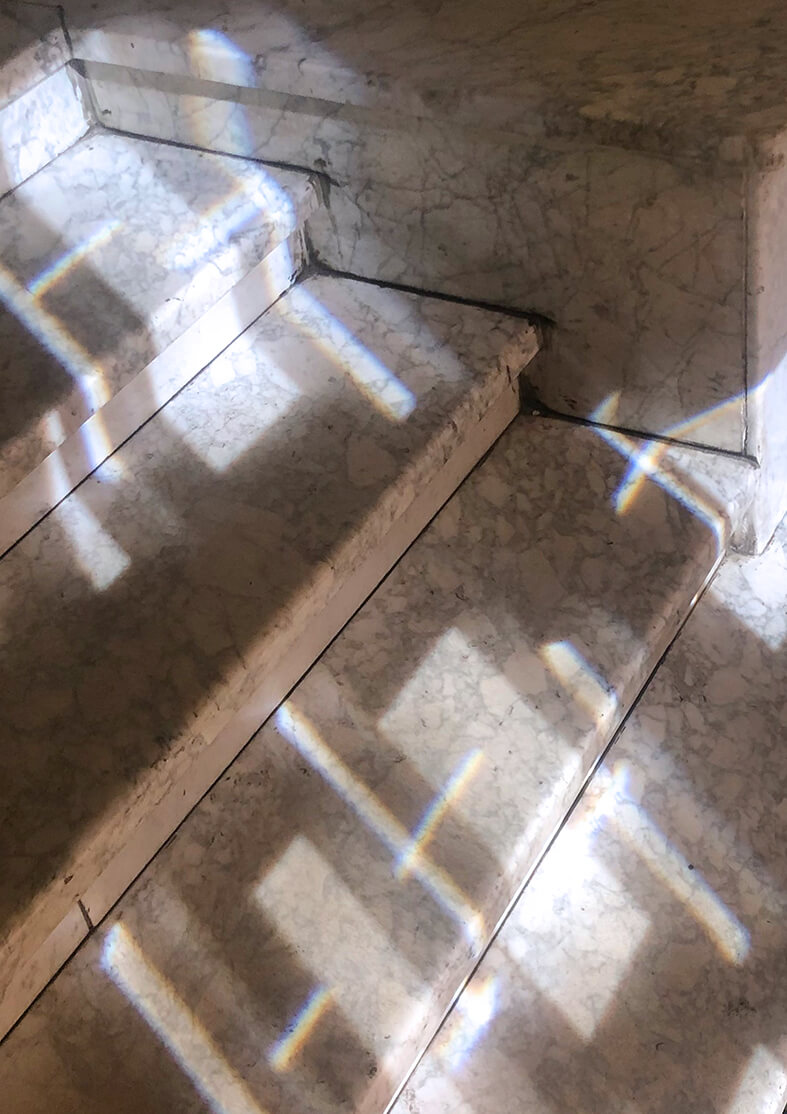
Wojciech Pietryka
Dotyk.

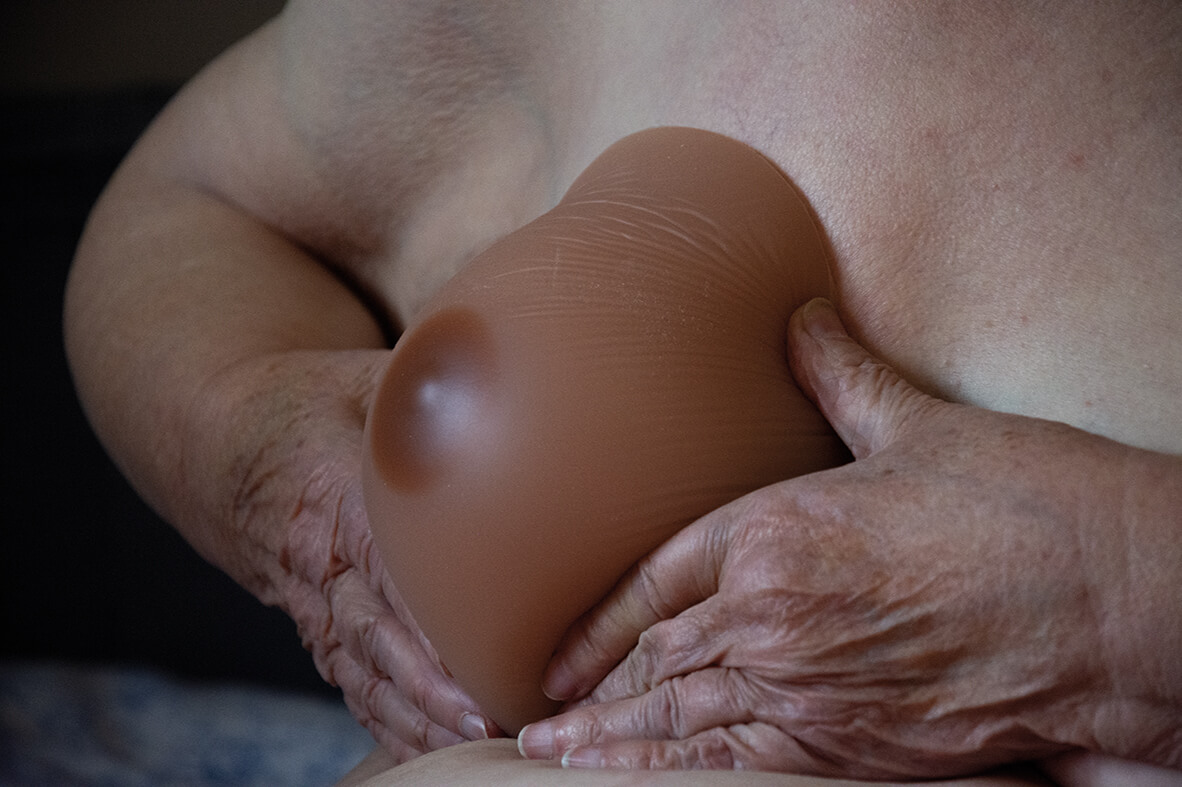
Wiktoria Krekora
„Podczas kontrolnej wizyty u lekarza rodzinnego lekarka osłuchiwała mnie i zobaczyła wciągniętą brodawkę. Powiedziała, żebym zapisała się na badania, ponieważ to jest niepokojące. Kiedy wyszłam z jej gabinetu, zobaczyłam na wprost drzwi właśnie do gabinetu ginekologicznego. Bez zastanowienia zapukałam i Pani doktor przyjęła mnie. Dała skierowanie na badania. Kiedy było już wiadomo, że to rak, zapisałam się na operację. Odbyła się w Warszawie. Doktor, który mnie operował, wytłumaczył, że wytną tylko guza. Gdy się obudziłam po operacji, okazało się, że miałam wycięte więzły chłonne i pierś. Doktor wszedł do mnie do pokoju i przytulając mnie, powiedział: «Zosiu, musieliśmy usunąć pierś». Tak naprawdę nie byłam zła na niego. Dla mnie najważniejsze było to, aby wyzdrowieć i móc patrzeć, jak moje prawnuczki dorastają. Do tej pory mam wrażenie, że ta pierś jest.”
W 2000 roku nowotwór piersi dotknął 10 mln kobiet, w 2020 roku było to już 19,3 mln. Liczba ta wciąż rośnie.
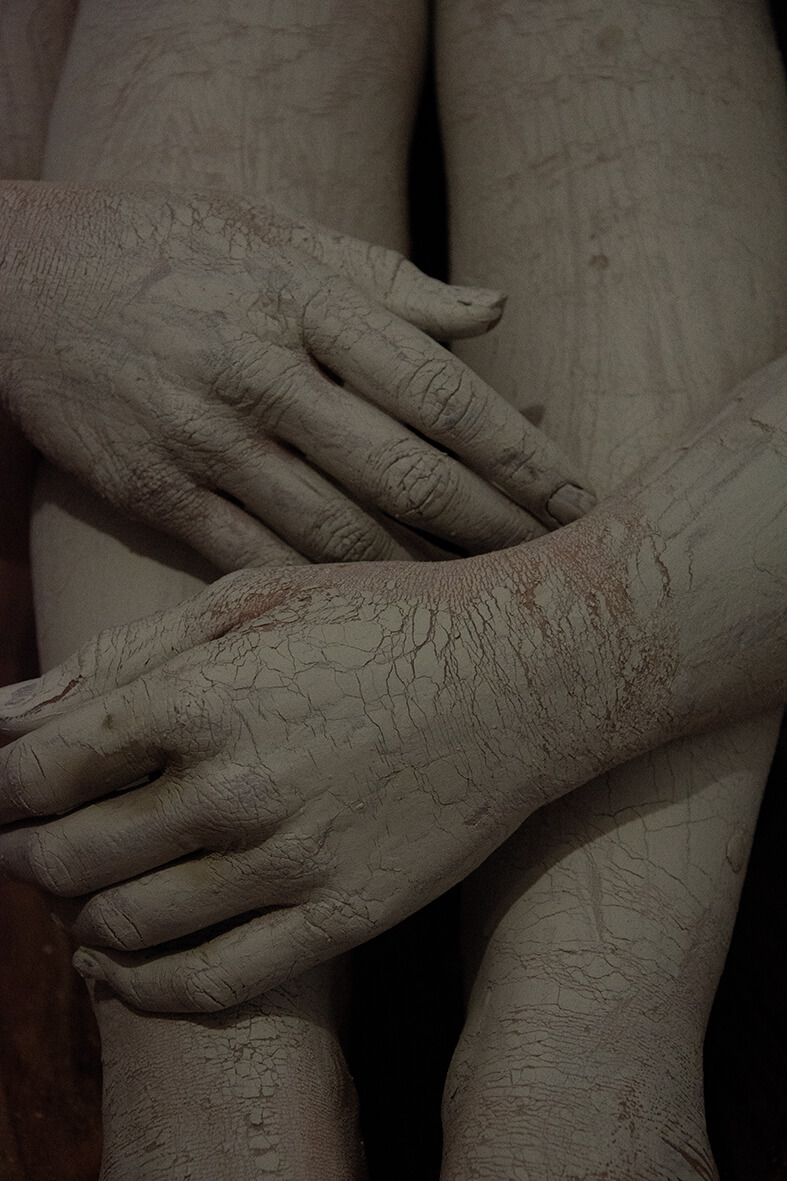
Weronika Krekora
„Intymność zasadniczo oznacza brak oporu”. (Sadhguru)

Alicja Lechowicz
Intymne znaczy zakryte, chronione przed widokiem i przed ostentacją.
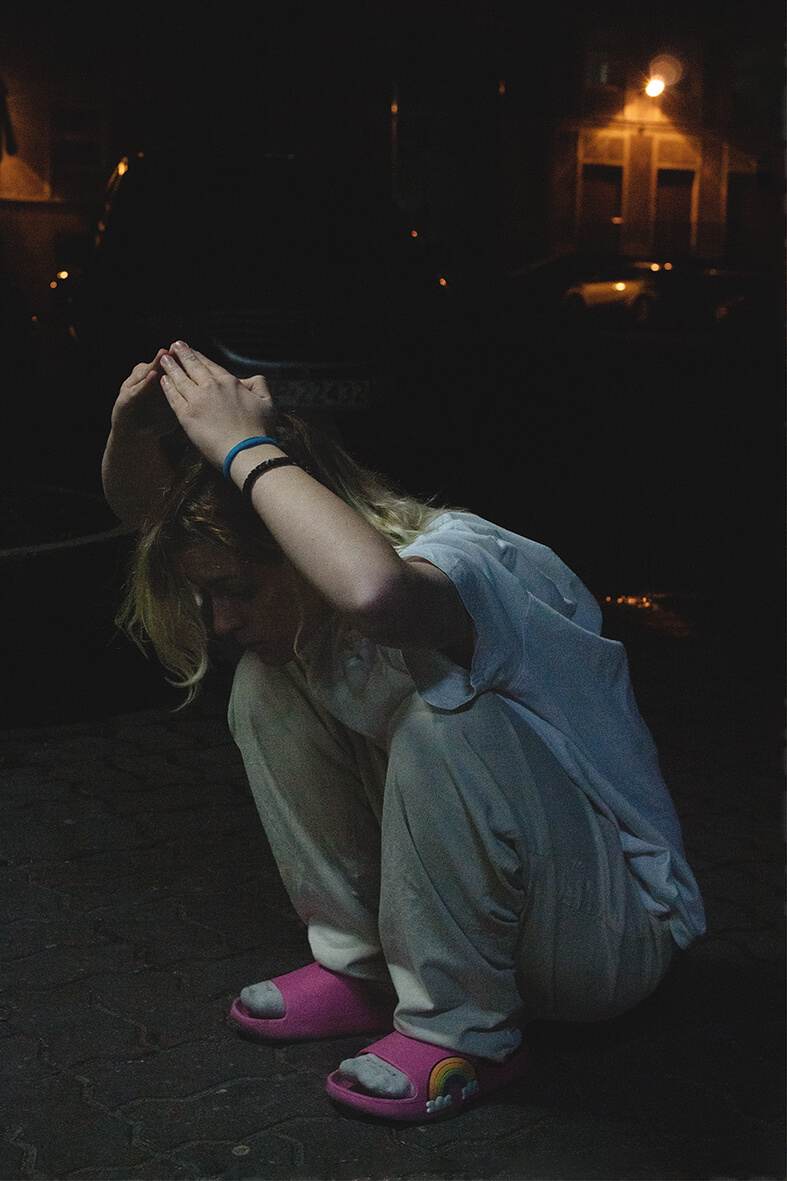
Anastasia Posliedova (Ukraina)
Jestem w domu.

Zofia Jackowska
Bez komentarza.
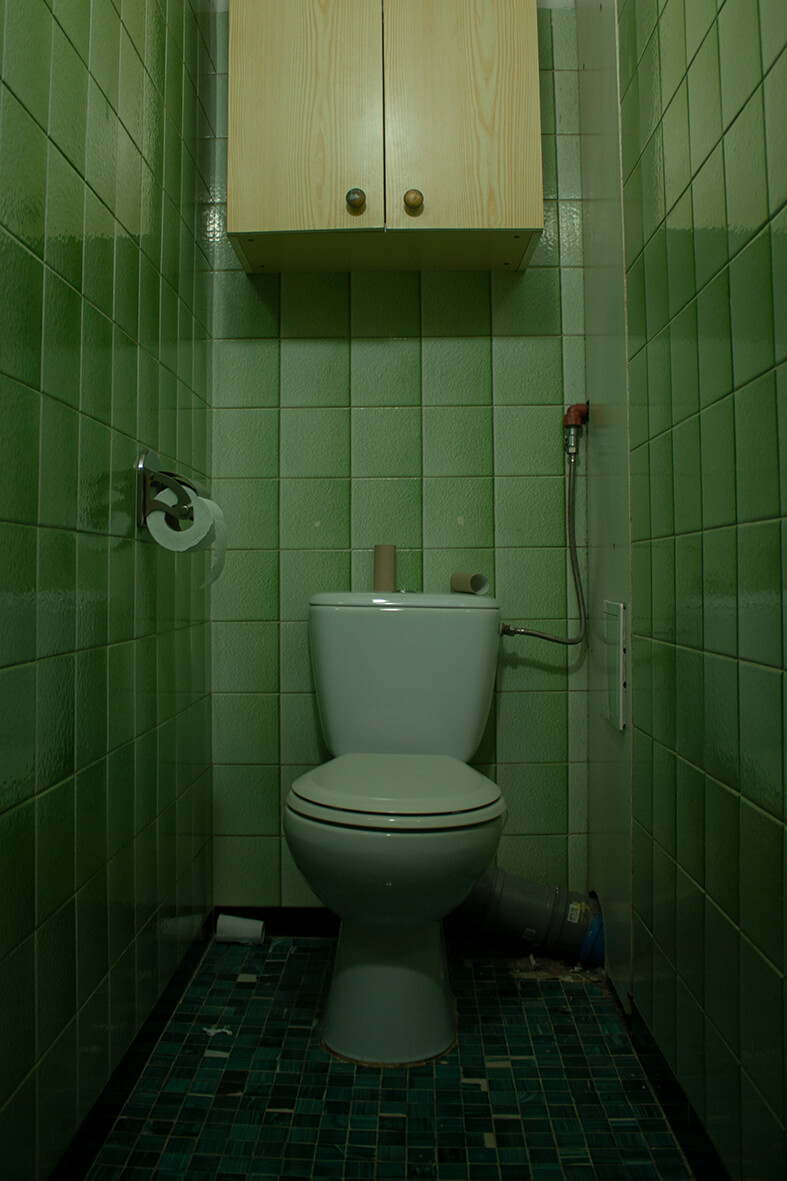
Dominika Reszka
Bez komentarza.
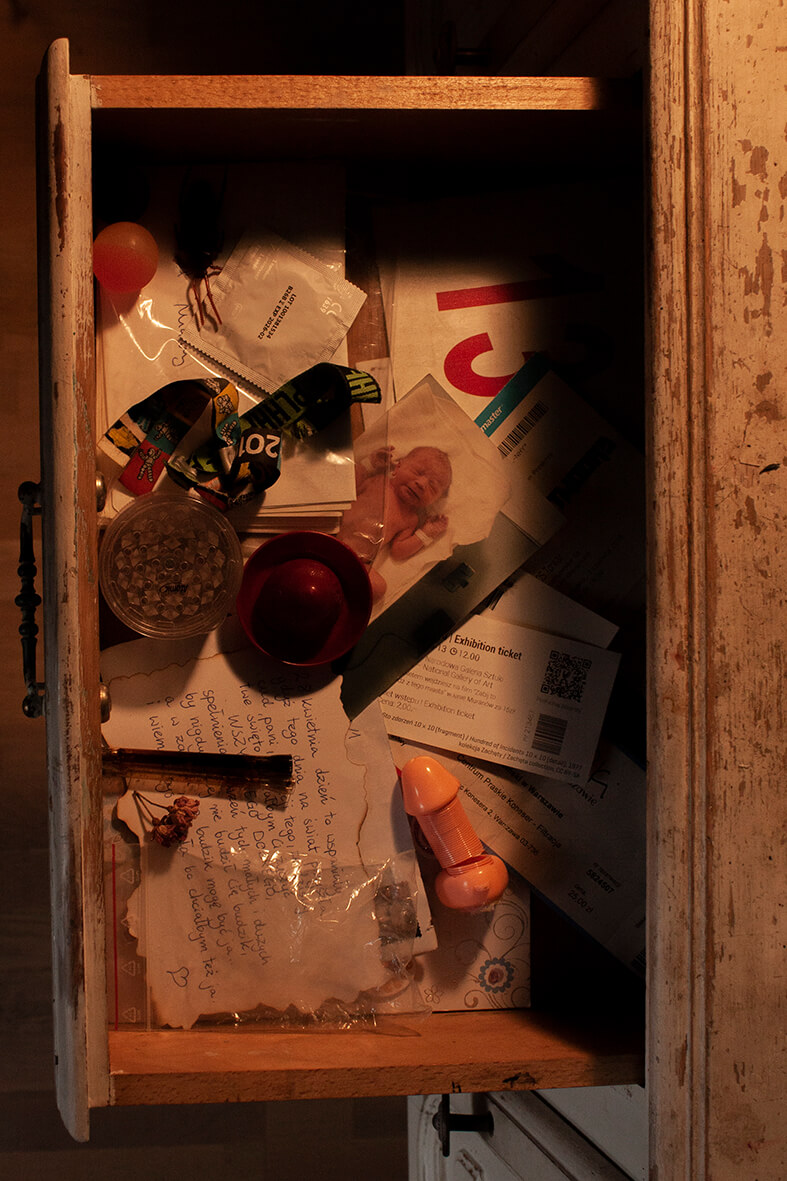
Julia Kruczek
Bez komentarza.

Jagoda Jaszczuk
Bez komentarza.

Julia Pawelec
W swojej pracy chciałam przyjrzeć się innej stronie intymności – aktowi chowania, wstydu, ukrywania tego, co dla nas najbardziej prywatne. Jedną z takich rzeczy mogą być ludzkie wady, cechy, których chcemy się wyzbyć, aby stać się lepsi lub momenty słabości, o których chcielibyśmy zapomnieć. Książka obrazuje opowieść naszego życia, podczas gdy zmięte, odrzucone i wyrwane kartki to te elementy naszej istoty, które chcemy uchronić przed wzrokiem innych. Nieważne jednak, jak mocno potępiamy te strony – zostały już zapisane.

Alicja Staszewska
Bez komentarza.

Aleksandra Moroz
Bez komentarza.
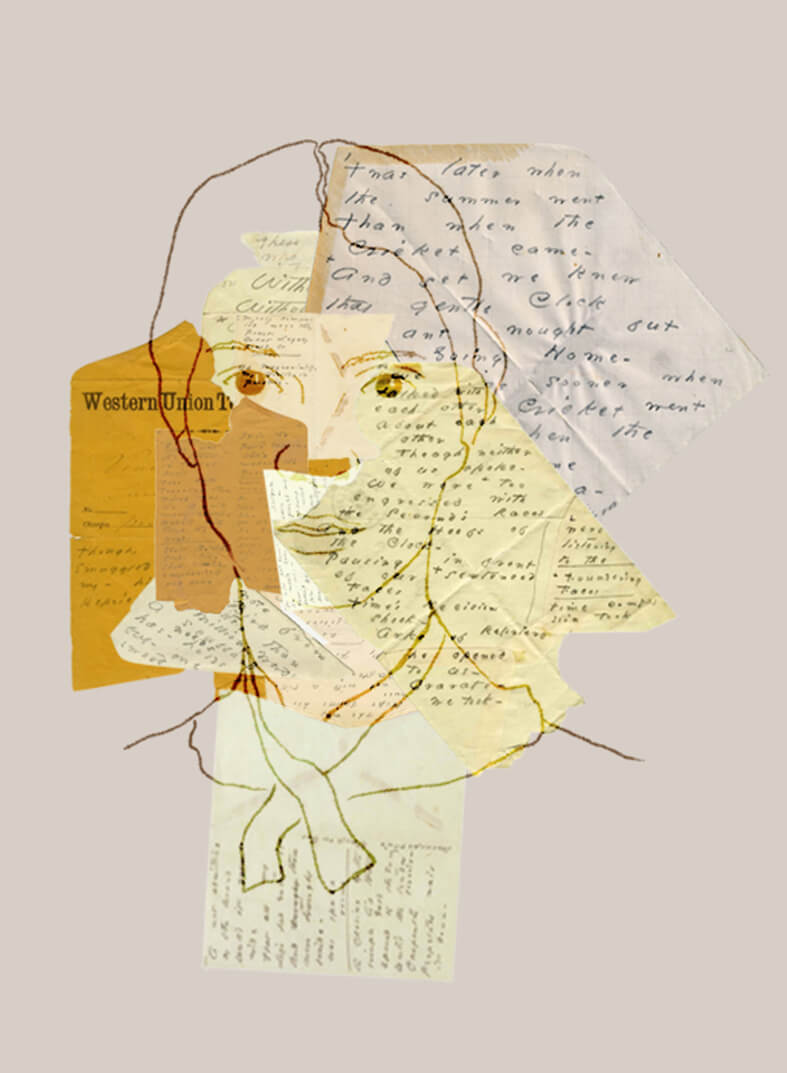
Anjana Martin de Paz
Emily Dickinson.
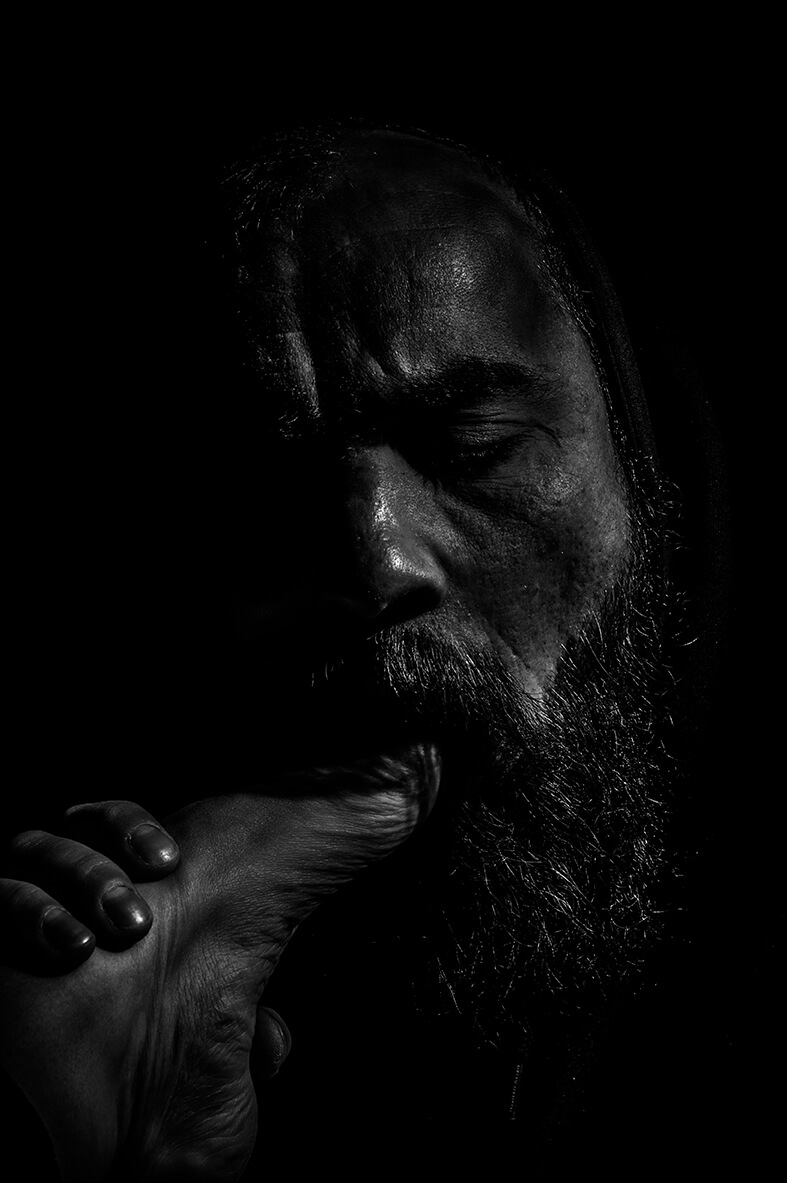
Maciej Powala
Bez komentarza.
